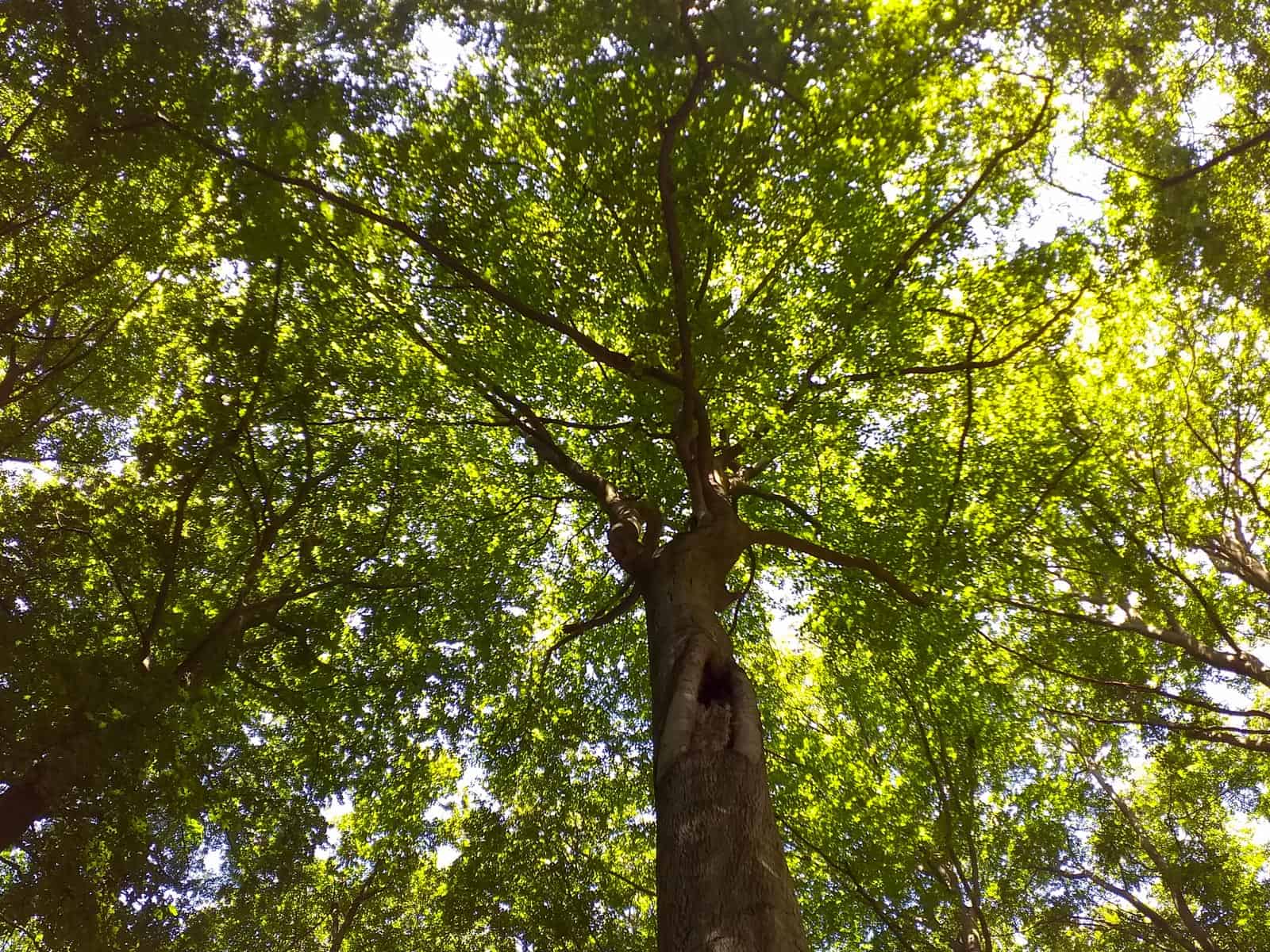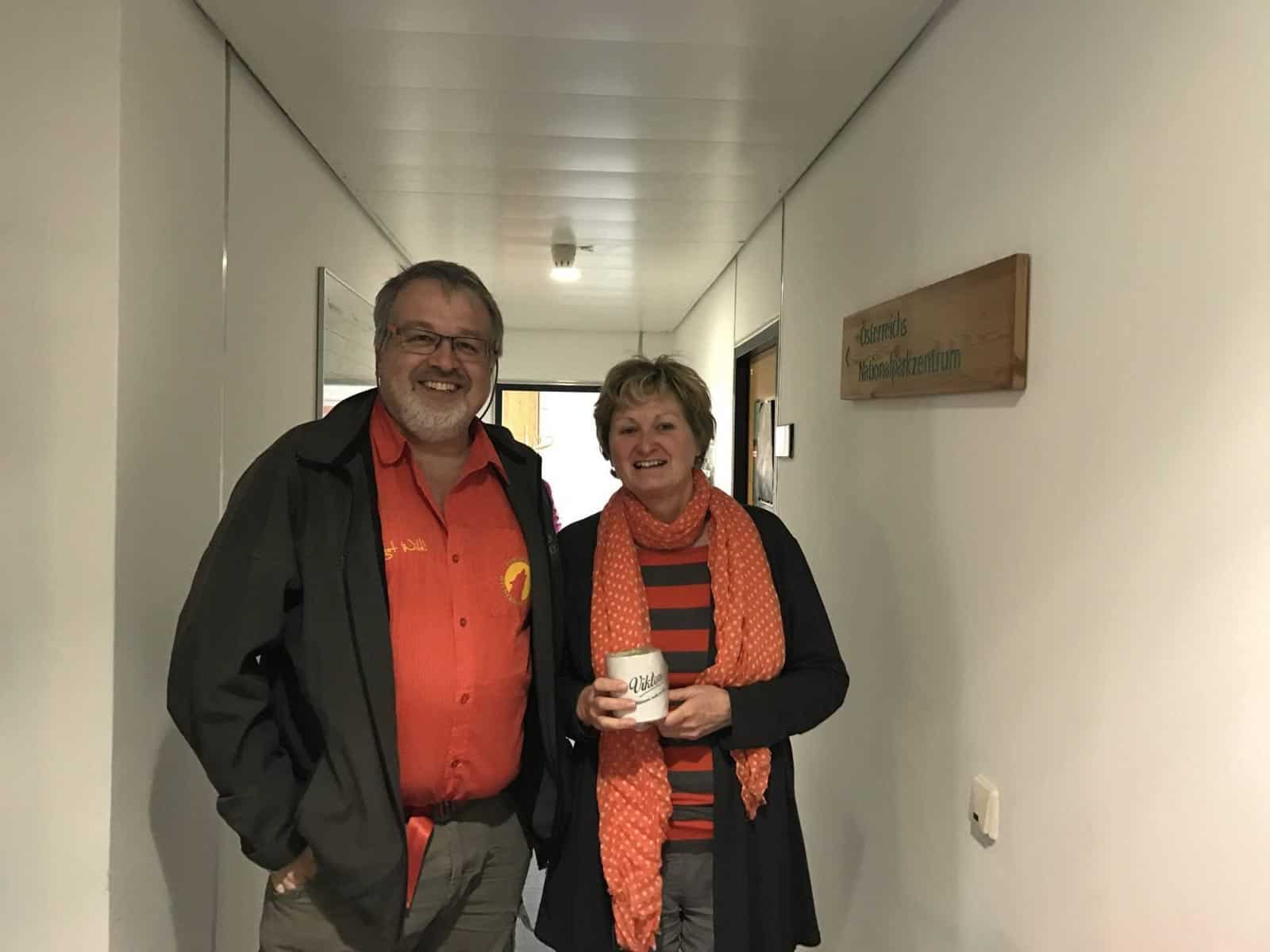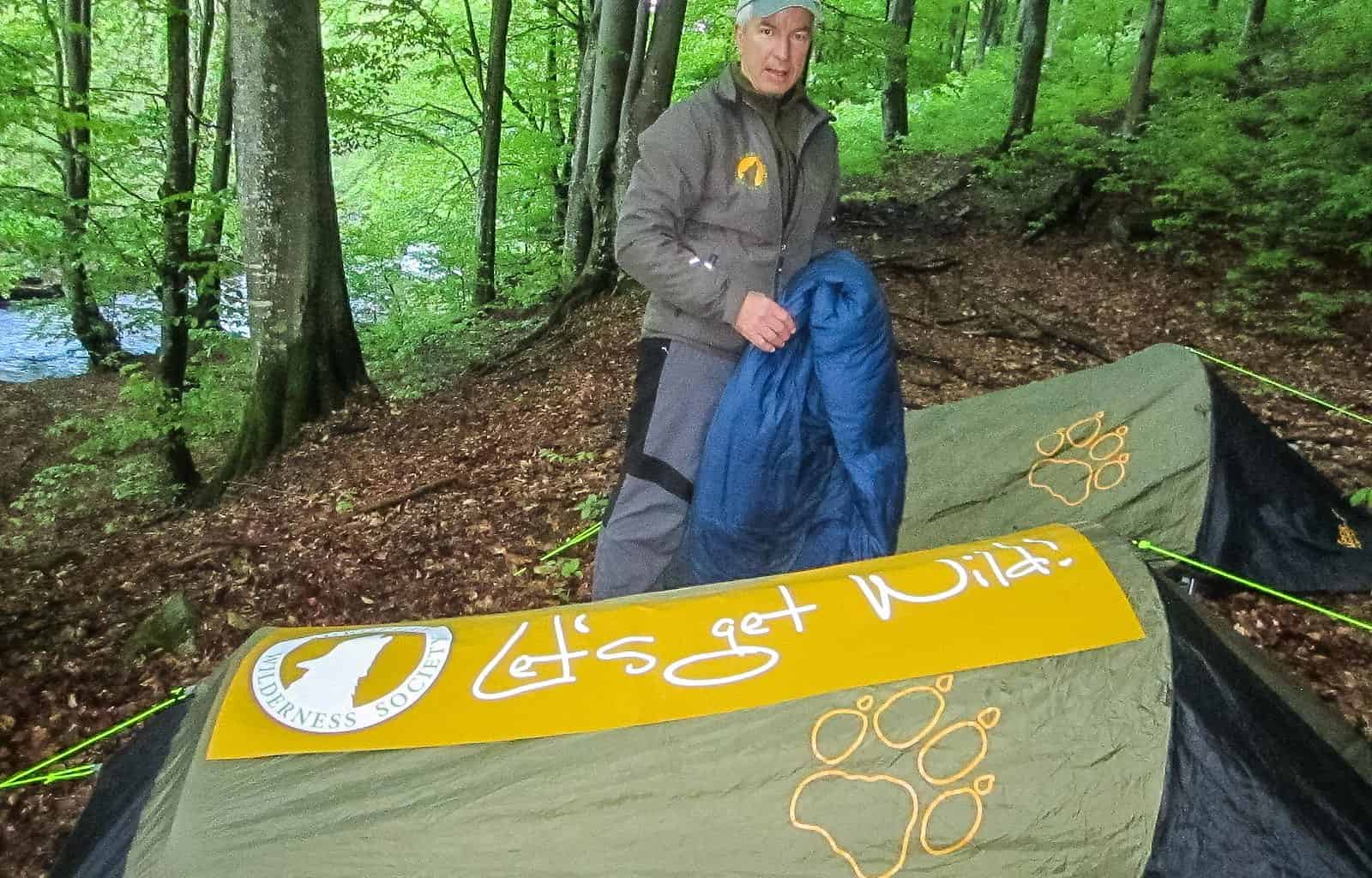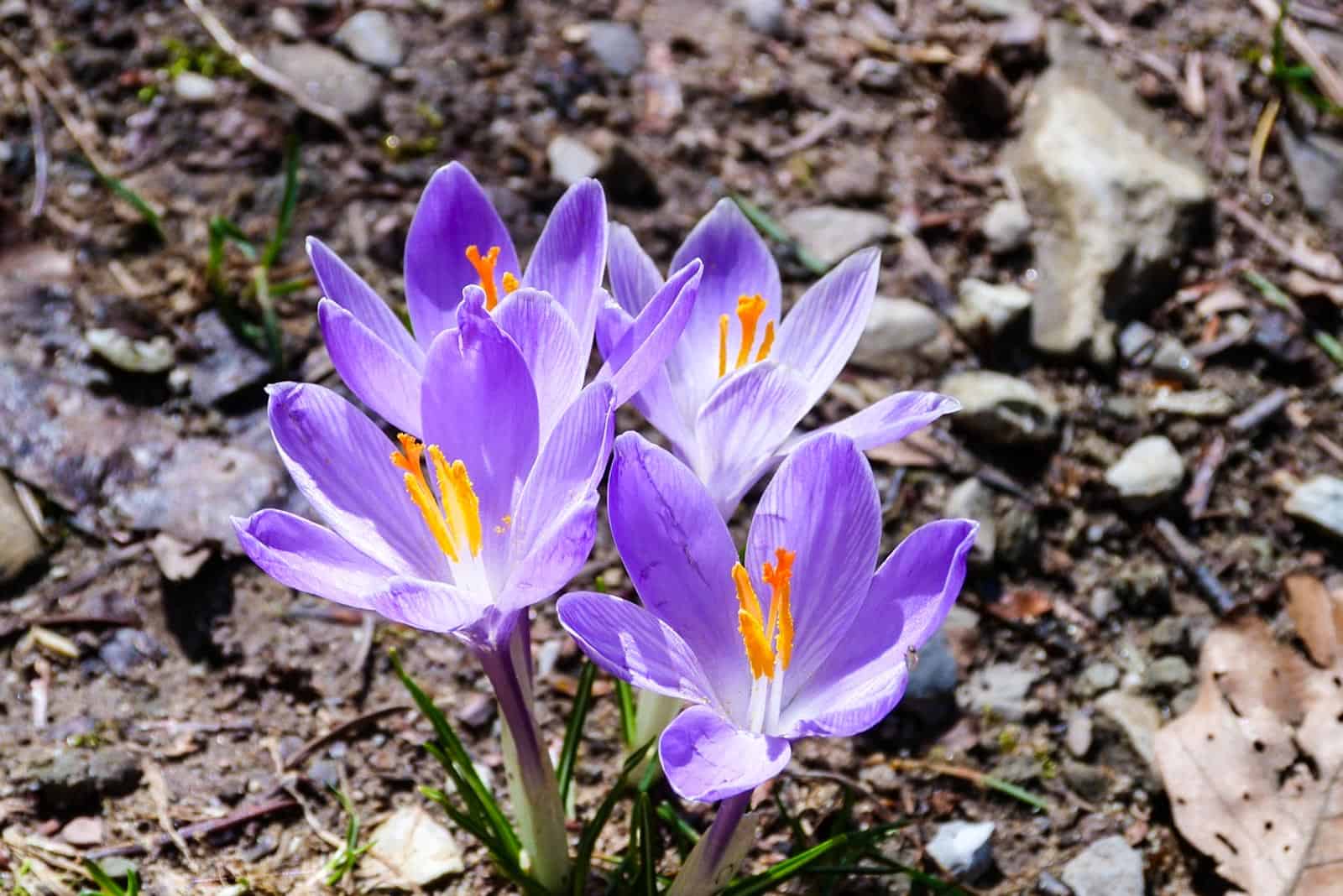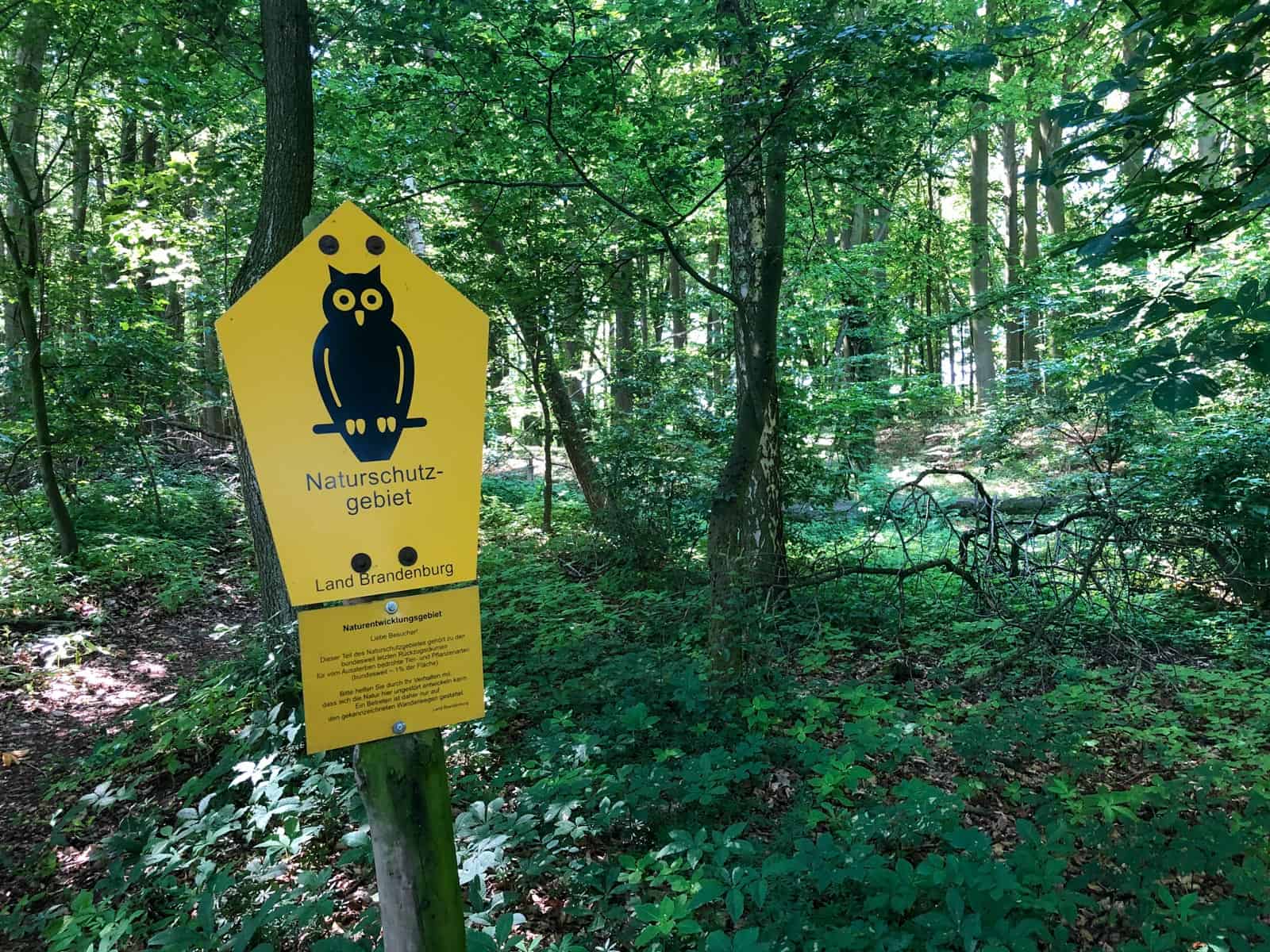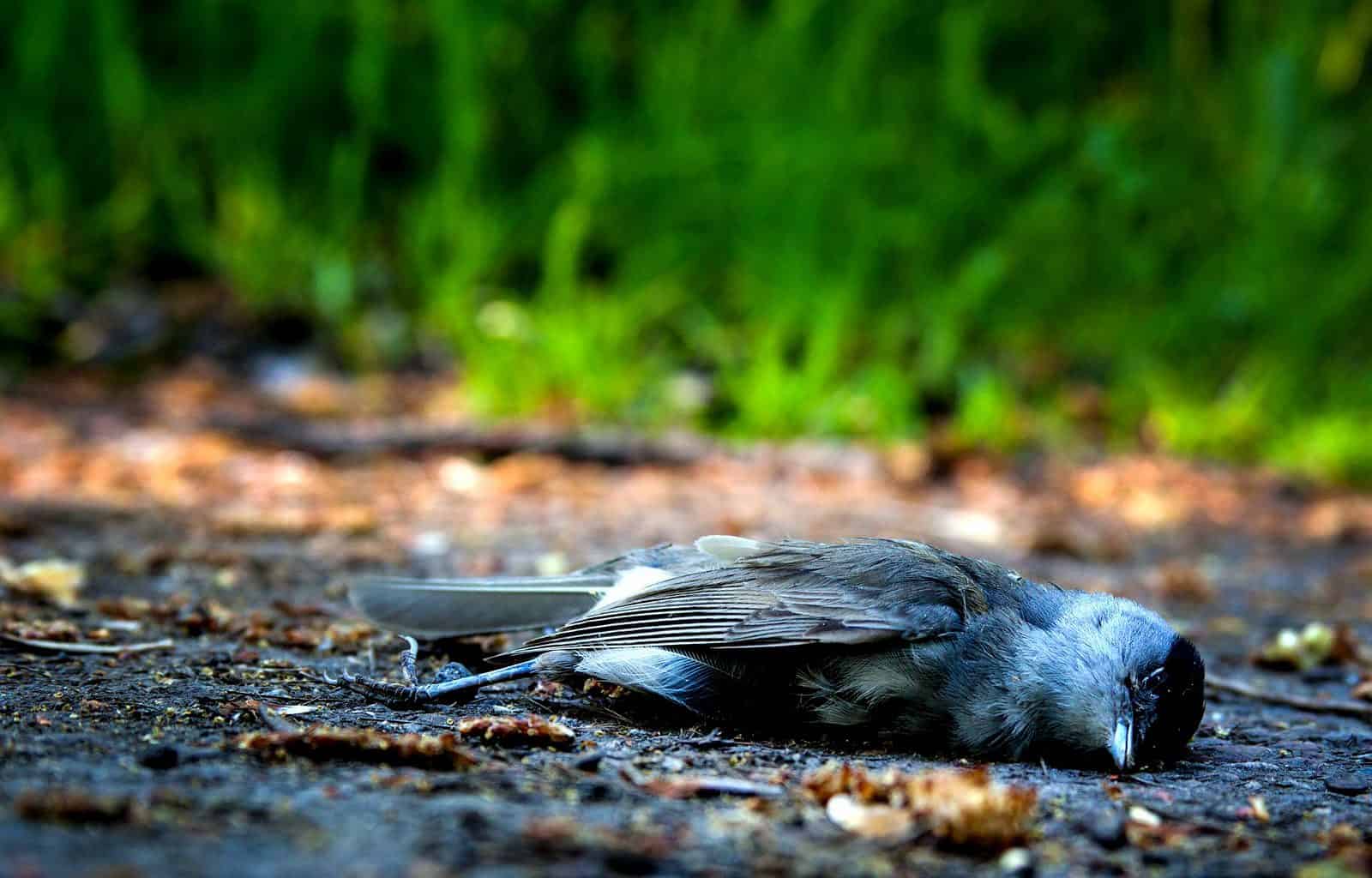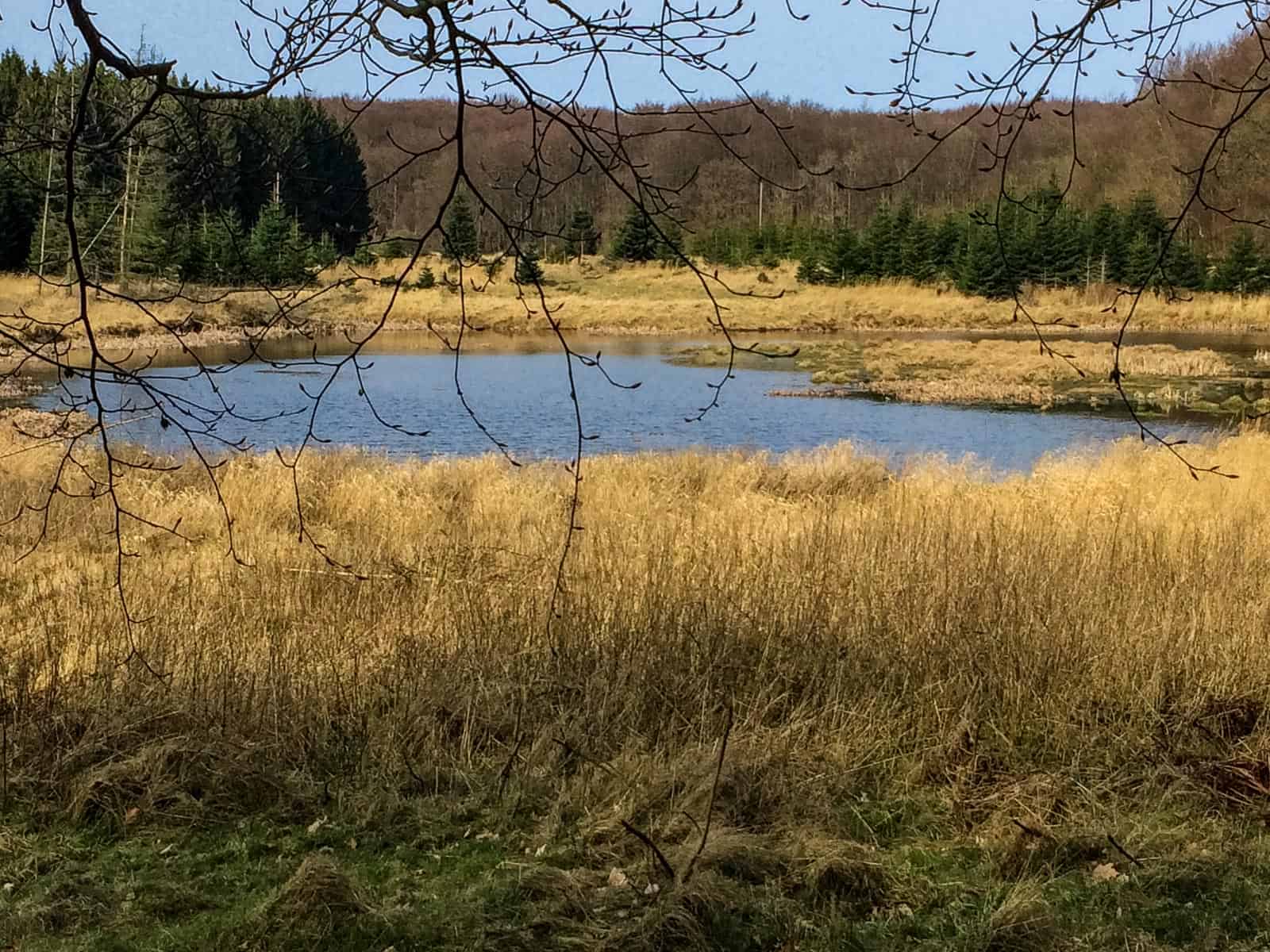ALFAwetlands conference day 1: Excursion to the Hungarian side of the lake
European Wilderness Society is a partner of HORIZON project ALFAwetlands and organised the mid-term conference from May 21 – May 24 in Illmitz, Austria.
The ALFAwetlands conference was kicked off with a day outside, featuring an excursion to the Hungarian side of the Neusiedler lake. First, all the partners were welcomed by the National Park Neusiedler See, represented by Arno Cimadom, who shared many interesting facts about the natural dynamics and biodiversity of the lake.
The close collaboration between Austria and Hungary facilitated a smooth visit to Hungary. On the Hungarian side, we were greeted by Csilla Dorogman from National Park Fertő-Hanság. Csilla, along with her colleagues, provided an engaging and informative experience for all the partners. It was fascinating to learn about the unique features of the Neusiedler wetlands, especially considering the bi-national management of the nature area.

The Neusiedler wetlands exhibit significant variability in their water levels. During dry periods, the water levels can markedly decrease, while during wet periods, they can significantly increase. This natural fluctuation is vital for the ecosystem, as the biodiversity is adapted to these conditions. However, climate change is causing more extreme weather patterns, intensifying both dry and wet periods. To mitigate these impacts, wetland management has implemented several measures, including the construction of dams to regulate the water levels in the lake and its streams. These measures are crucial in maintaining the delicate balance of the wetland ecosystem, ensuring its resilience against the growing challenges posed by climate change.
We visited some viewing towers from which we had great views of the wetlands and where we could observe some of the diverse wildlife. We saw water buffalos grazing in the reed beds. Water buffalos play a crucial role in the conservation of the wetlands. They keep the area open, maintaining the habitats in good condition for many birds and other species. One notable bird species is the bee-eater, a beautifully colored bird that feeds on flying insects. These bee-eaters are burrowing birds, making nests by digging burrows in the ground. There were many such burrows visible during our visit.

The first day of the conference provided valuable insights into the cooperative efforts and innovative strategies employed to preserve this unique and dynamic environment.



